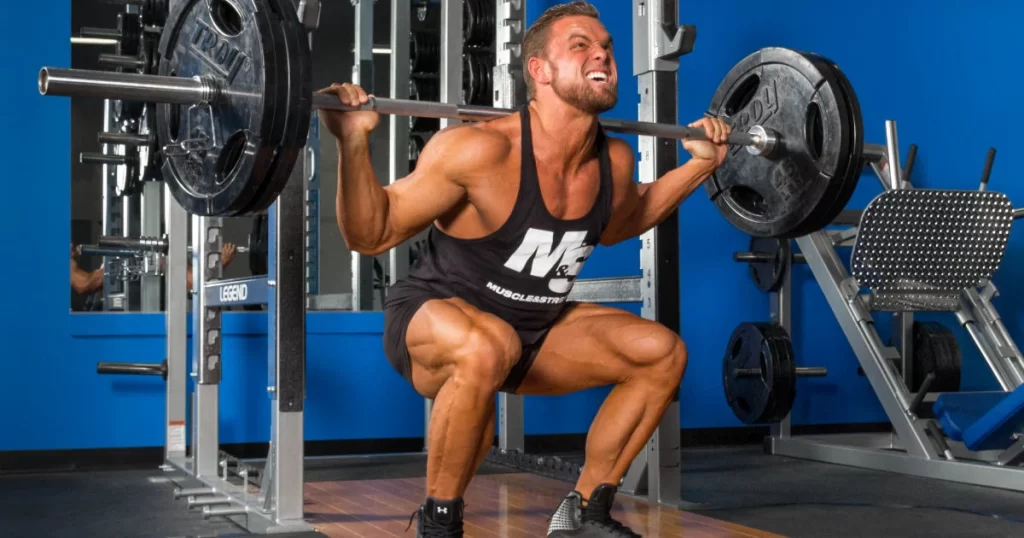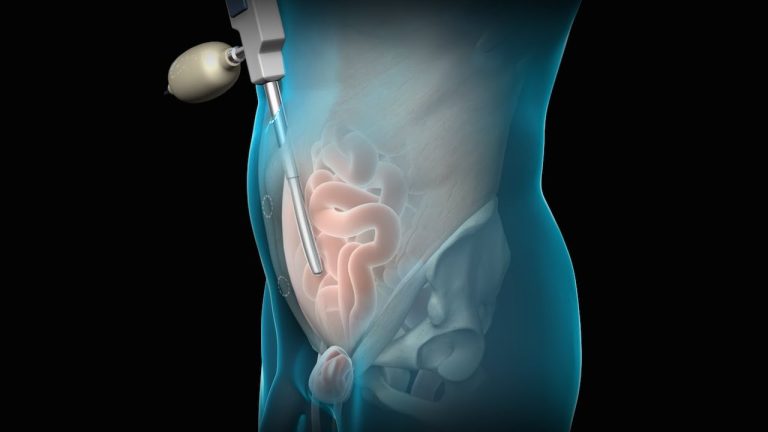
There are seemingly endless possibilities when it comes to exercising and programming in the strength-training world. The downside of this is that it can also be its downfall. When you are unable to translate and apply so much information and options, it is useless.
The training philosophy you develop depends on your perseverance and success. Then you’ll fight to defend your position once you’ve developed your own philosophy.
Those who spend a lot of time training and helping others become hardheaded. Many of us have fallen for the same nonsense, and it’s hard to see them fall for it again.
However, a stubborn person doesn’t have to sacrifice their personal training philosophy to expand their horizons. Here are a few training “rocks” – ideas and exercises that have become standard in the training world, as well as some variations that might open your eyes.
Table of Contents
Dumbbell rows are better than barbell rows
To begin with, let’s acknowledge the awesomeness of the barbell row. Powerlifting and bodybuilding circles have long regarded it as an excellent back developer. One of the greatest powerlifters of all time (Ed Coan) and one of the greatest bodybuilders of all time (Dorian Yates) have used variations of the barbell row.
It is the Yates row that explains Dorian Yates’ insane, freaky physique. It is well known that Ed Coan is one of the thickest men to have ever stepped into a weight room. My single favorite deadlift feat is his 900 pounds.
The exercise does have its drawbacks, now that I’ve satisfied all the barbell row zealots. Squats and deadlifts are especially important for lifters with significant progress.
In combination with heavy squatting and pulling exercises, the barbell row is extremely taxing on the lower back.
When attempting big weights in these two exercises, the last thing a person needs is a fatigued lower back.
If you’re not a fan of the Krow row, sets of 6-15 repetitions of dumbbell rows with or without straps will improve your back strength and development.
Deadlift with trap bars, not straight bars
These two lifts can’t be interchanged, unlike dumbbells and barbells. In competition powerlifting, trap bars can be used as accessory exercises, but not as main movements.
The trap bar deadlift is a great alternative to straight bar deadlifts for those who aren’t competitive powerlifters.
It can be compared to the transition between a hang clean and full clean (or power clean) in a non-competitive lifter. Despite not being the same thing, this is a great change of pace that still maintains the movement’s integrity.
It is also an excellent tool for increasing quad strength, and because the handles keep the center of gravity aligned with the hips, it takes a bit of stress off the lower back. In strength coaching programs, the trap bar is a great compromise between sport coaches and strength coaches when it comes to the safety of the deadlift.
There is no denying that chasing the Big Three (squat, bench press, deadlift) can get tiresome, and having an acceptable substitute that you can use for a while could be the key to keeping the competitive fires burning.
There is nothing more awesome than picking something heavy off the ground with the trap bar.
Consider expanding your vision a bit without sacrificing your principles by including this lift in your training.





